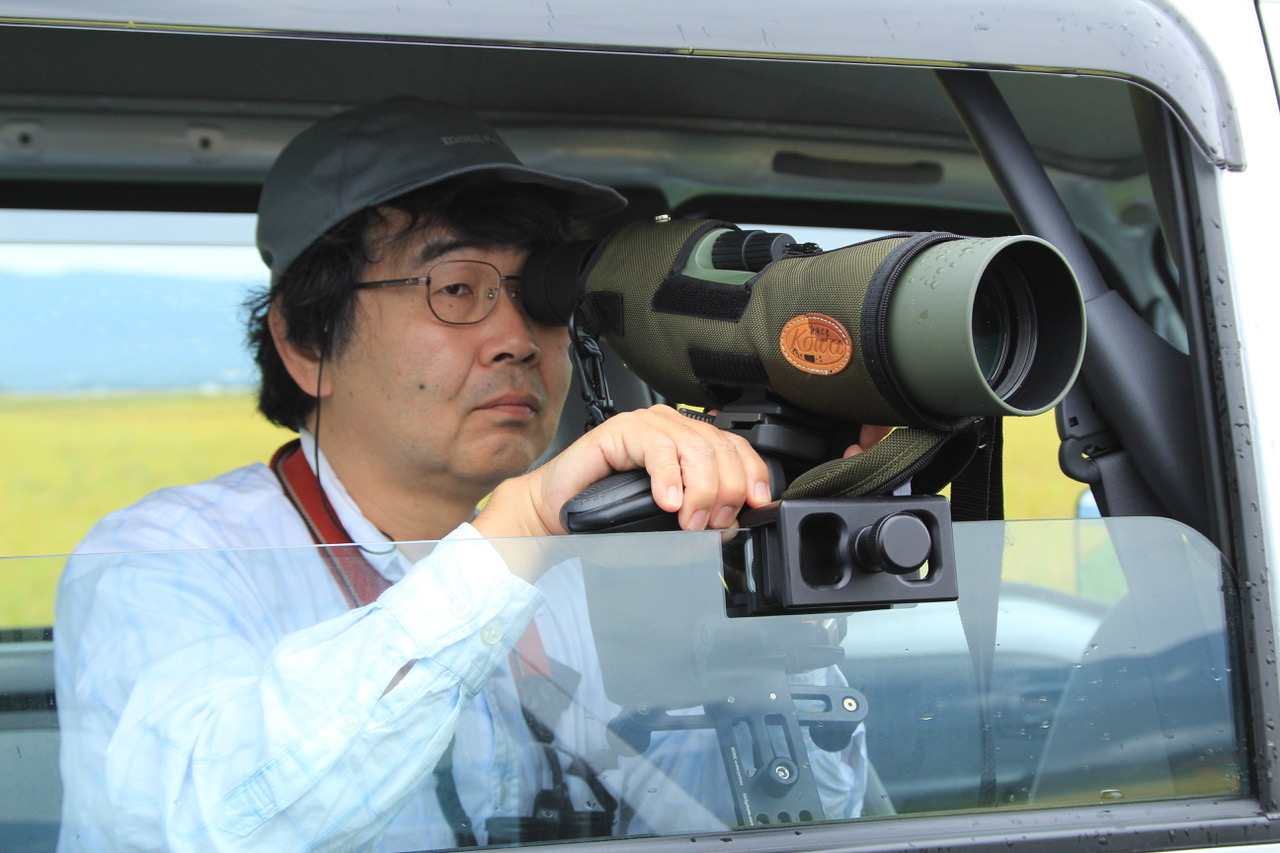This July and August, we’re running a special series of blog posts profiling AOS members around the world, in honor of the recent change to AOS’s bylaws eliminated any reference specifying the Western Hemisphere as the Society’s geographic sphere of influence. This week, meet Hisashi Nagata, a professor in Japan.
What’s your current affiliation and title?
I am a professor at the Sado Island Center for Ecological Resilience at the Niigata University in Japan and the head of Satoyama division at the center. “Satoyama,” the traditional Japanese agricultural landscape, is important habitat for many creatures including the Crested Ibis. Our center is quite new, just born in April 2019 from the combination of three other facilities.
What are you working on right now?
I am working on a reintroduction program with Crested Ibises. I have been involved with this program since 2007, and the first Crested Ibises were released on Sado Island in 2008. So far 317 ibises have been released, and I collect data on this reintroduced population. In the first six years after reintroduction, breeding success was not sufficient to support the reintroduced population of the ibis, but now the population exceeds 350 birds in the wild and breeding success has improved enough to support population growth. My current interest is determining the carrying capacity for the ibises on Sado Island.
When did join AOS, and why did you decide to join?
I joined the AOU in 1986, when my first paper was accepted in The Auk. The Editor-in-Chief recommended that I join the AOU to reduce the publishing fees. I joined COS around 1991 or 1992, when I got a tenure-track job at the National Institute for Environmental Studies. And I became a lifetime member of the AOU in the mid-1990s, because I realized that would be cheaper than paying the annual fee for 30 or 40 years! When the AOU and COS merged in 2016, I became a life member of AOS.
What’s the best benefit you’ve gained from being an AOS member?
As an AOS member, I can get information on recent ornithological research in the United States. When I was a postgraduate student, I could read only European ornithological journals in my university library. It is important for me to keep up with recent academic developments on the American continent, and being an AOS member helps me do that.
